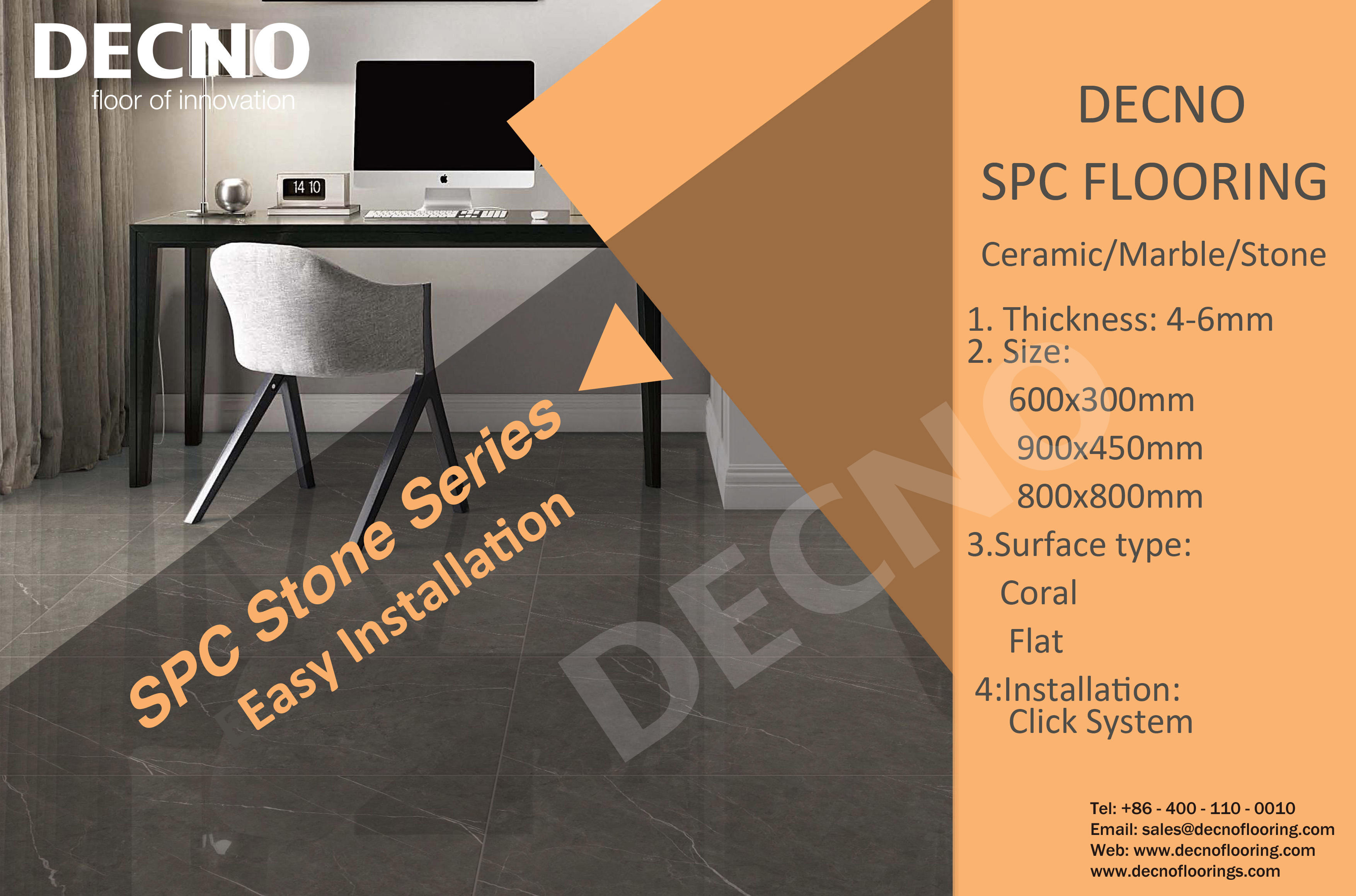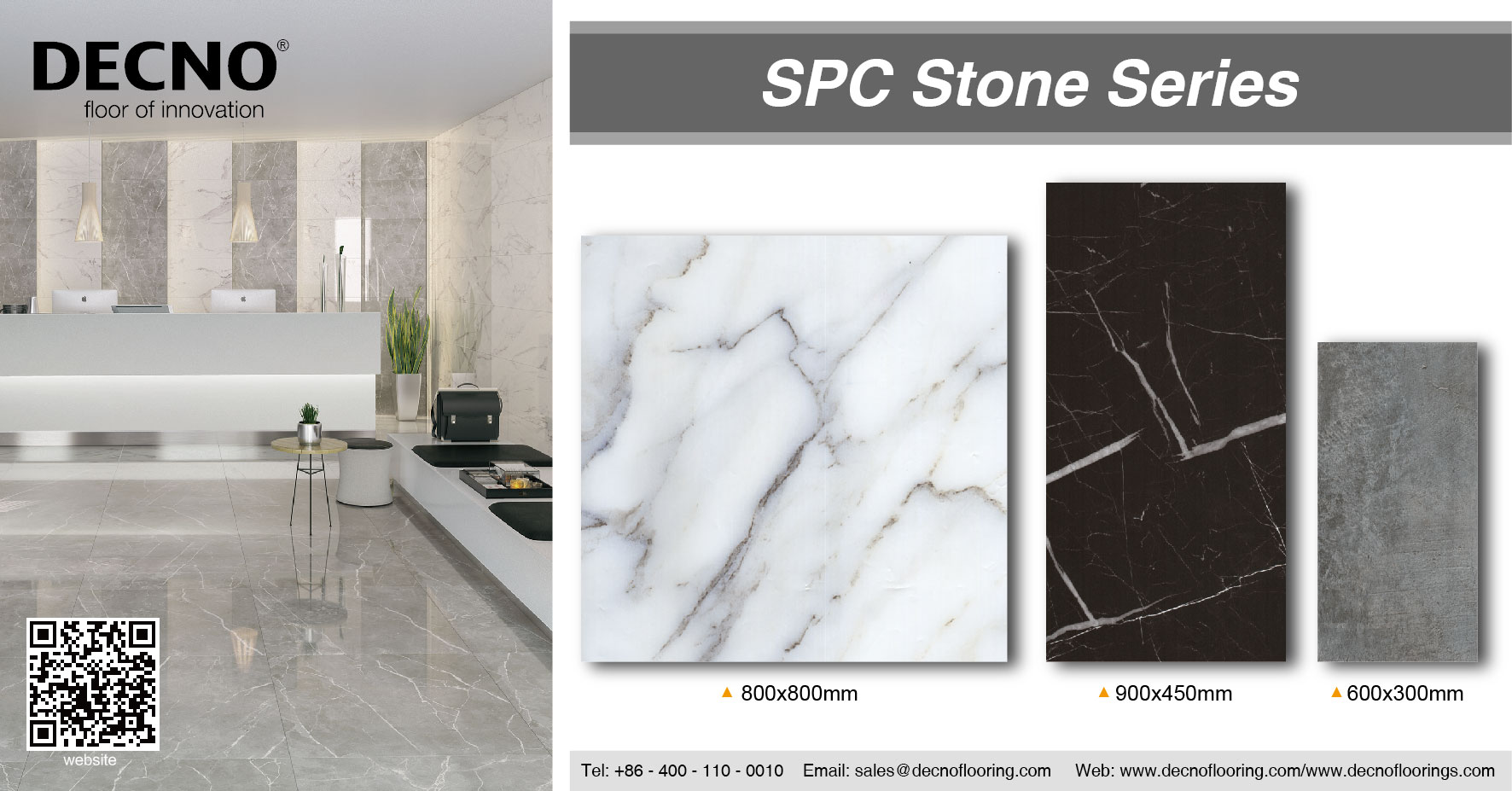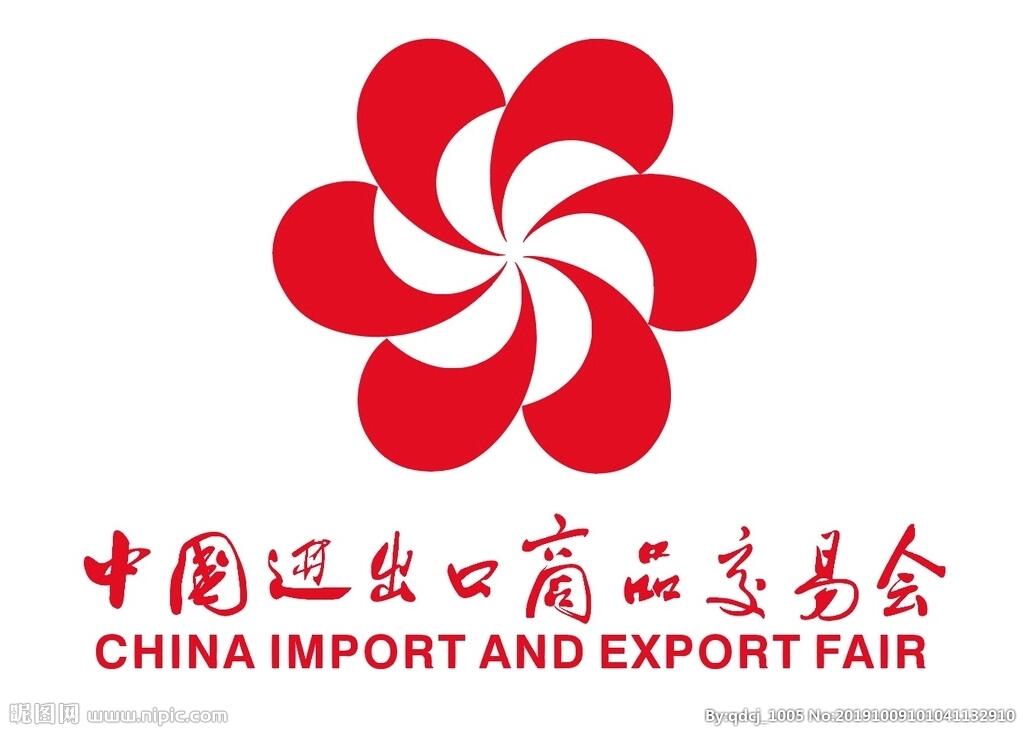Premier SPC tile going strong after
ORLANDO, FLA.—Against the backdrop of a slowing ceramic tile market, a sold-out Coverings celebrated its 30th anniversary here April 9-12 with 1,100 exhibitors from more than 40 countries showing their latest and greatest in response to a variety of trends.
At 480,000 square feet,Coverings is ranked as the 35th largest trade show in the U.S.,according to Trade Show magazine. That’s up 3% from 2018, said Jennifer Hoff, whose company, Taffy Event Strategies, has been managing the show for the past three years. To put that in perspective, Surfaces, the flooring industry’s premier event, is ranked 42nd in terms of exhibit space. The good news is Coverings continues to grow despite U.S. ceramic tile consumption more or less stalling in 2018, increasing just 1.5% to 3.11 billion square feet, according to the Tile Council of North America (TCNA).
Consumption increased at least 5.1% in each of the three prior years.
Eric Astrachan, executive director, TCNA, pegged the U.S.ceramic tile industry at $3.69 billion, up just 0.4% from 2017.Imports grew as a portion of the market from 68.8% to 70.7%,an increase of 4.7%. On a dollar basis, Italy remained the largest exporter to the U.S. in 2018,comprising 30.9% of U.S. imports. China was second with a 27.3% share and Spain was third with a 15.6% share. In terms of square footage, China remained the largest exporter of ceramic tile to the U.S. with a 31.5% share. Next is Mexico with a 17.3% share, its lowest percentage since 2006. This despite the peso’s significant decline vs. the U.S. dollar over the last five years, losing nearly half of its value. Italy was the third-largest exporter of tile to the U.S. in 2018, making up 16.4% of U.S. imports.

What is impacting ceramic tile in the U.S.?
For one,acronyms, namely LVT, WPC and SPC. The waterproof/rigid core revolution has impacted every category of flooring, and ceramic is not immune to that competitive pressure.
But it’s more than just the competition from LVT. Donato Grosser, consultant for Ceramic Tiles of Italy, acknowledged that Italian imports of ceramic tile to the U.S. in 2018 was down about 7% in dollars and square footage.“Ceramic tile in general has been down,” he said. “As for Italian tile, there is a lot of competition from Chinese, Spanish and Brazilian manufacturers,particularly the Spanish over the last couple of years; for some reason their FOB prices went down from $15 per square
meter to $12 per square meter.We don’t know how this can happen so abruptly, but you have a situation where their products are cheaper than even the Chinese.”
Grosser also identified large companies like MSI, Bedrosians and Emser—all of which are very heavily invested in China.“They also import from other countries, but they buy mostly from China. And they offer good service, the product they sell is good and comparable to everything. So the price is not the only thing; otherwise, Brazil would have a much larger share of the market.”
Despite all of this, Hoff noted that Coverings attendance was trending ahead of last year with the hope that 26,000 people would make the trip to Orlando. Attendees run the gamut from architects and designers to fabricators and contractors to distributors and retailers.
Following are some of the key trends FCNews spotted at Coverings:Marble looks feature more aggressive veining with greater variation.

At 480,000 square feet,Coverings is ranked as the 35th largest trade show in the U.S.,according to Trade Show magazine. That’s up 3% from 2018, said Jennifer Hoff, whose company, Taffy Event Strategies, has been managing the show for the past three years. To put that in perspective, Surfaces, the flooring industry’s premier event, is ranked 42nd in terms of exhibit space. The good news is Coverings continues to grow despite U.S. ceramic tile consumption more or less stalling in 2018, increasing just 1.5% to 3.11 billion square feet, according to the Tile Council of North America (TCNA).
Consumption increased at least 5.1% in each of the three prior years.
Eric Astrachan, executive director, TCNA, pegged the U.S.ceramic tile industry at $3.69 billion, up just 0.4% from 2017.Imports grew as a portion of the market from 68.8% to 70.7%,an increase of 4.7%. On a dollar basis, Italy remained the largest exporter to the U.S. in 2018,comprising 30.9% of U.S. imports. China was second with a 27.3% share and Spain was third with a 15.6% share. In terms of square footage, China remained the largest exporter of ceramic tile to the U.S. with a 31.5% share. Next is Mexico with a 17.3% share, its lowest percentage since 2006. This despite the peso’s significant decline vs. the U.S. dollar over the last five years, losing nearly half of its value. Italy was the third-largest exporter of tile to the U.S. in 2018, making up 16.4% of U.S. imports.

What is impacting ceramic tile in the U.S.?
For one,acronyms, namely LVT, WPC and SPC. The waterproof/rigid core revolution has impacted every category of flooring, and ceramic is not immune to that competitive pressure.
But it’s more than just the competition from LVT. Donato Grosser, consultant for Ceramic Tiles of Italy, acknowledged that Italian imports of ceramic tile to the U.S. in 2018 was down about 7% in dollars and square footage.“Ceramic tile in general has been down,” he said. “As for Italian tile, there is a lot of competition from Chinese, Spanish and Brazilian manufacturers,particularly the Spanish over the last couple of years; for some reason their FOB prices went down from $15 per square
meter to $12 per square meter.We don’t know how this can happen so abruptly, but you have a situation where their products are cheaper than even the Chinese.”
Grosser also identified large companies like MSI, Bedrosians and Emser—all of which are very heavily invested in China.“They also import from other countries, but they buy mostly from China. And they offer good service, the product they sell is good and comparable to everything. So the price is not the only thing; otherwise, Brazil would have a much larger share of the market.”
Despite all of this, Hoff noted that Coverings attendance was trending ahead of last year with the hope that 26,000 people would make the trip to Orlando. Attendees run the gamut from architects and designers to fabricators and contractors to distributors and retailers.
Following are some of the key trends FCNews spotted at Coverings:Marble looks feature more aggressive veining with greater variation.

-

-

WhatsApp
-
-
-

Wechat
-




